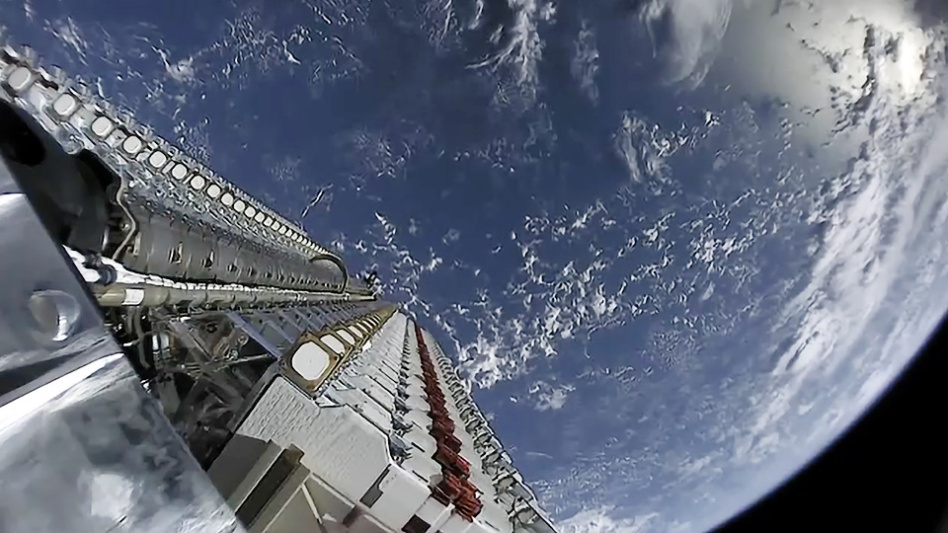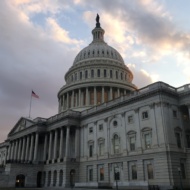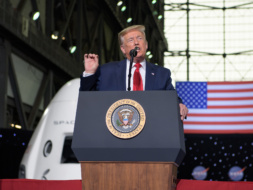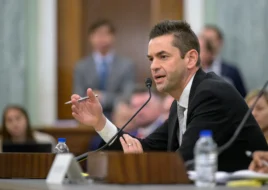The FCC updated its rules for how non-geostationary satellite constellations share spectrum in an attempt to provide more clarity to companies and allow new players to enter the market.
“The FCC has made real progress to modernize its space policies to ensure U.S. leadership,” FCC Chairwoman Jessica Rosenworcel said in a statement on Friday. “Today’s update to our satellite spectrum sharing rules allows first movers to enjoy the advantage they’ve earned by daring to think big and take on risk, while also opening our skies to more competition.”
More details: The FCC’s rules already give earlier entrants in the satellite broadband market an advantage when it comes to spectrum, requiring that newcomers to the market protect the capabilities and spectrum rights granted to veterans.
The rule issued on Friday clarifies these regulations, putting numerical restrictions on how much new companies can infringe on existing operators’ spectrum access. Specifically, the agency adopted a 3% time-weighted average throughput degradation as the standard for long-term interference and a 0.4% absolute increase in short-term unavailability.
Movers and shakers: The news has implications for companies such as SpaceX, Amazon, OneWeb, Telesat, and Viasat, who are building multi-thousand satellite constellations in LEO to deliver broadband services globally. All of these companies provided input to the FCC on the updated rule. OneWeb was the only one to oppose the 3% limit, arguing that it would “substantially harm…operators and disincentive coordination.”
Tim Farrar, a satellite industry consultant, says the new rules will advantage Starlink in the short term. OneWeb and O3B had sought more restrictive interference rules, but under the FCC’s approach, companies can fly more satellites and operate them at higher power levels.
“If you allow more degradation, a system with thousands of satellites and opportunities to switch to different links is going to be much better positioned than a system with a relatively smaller number of satellites, reliant on one link at a time,” Farrar told Payload.




